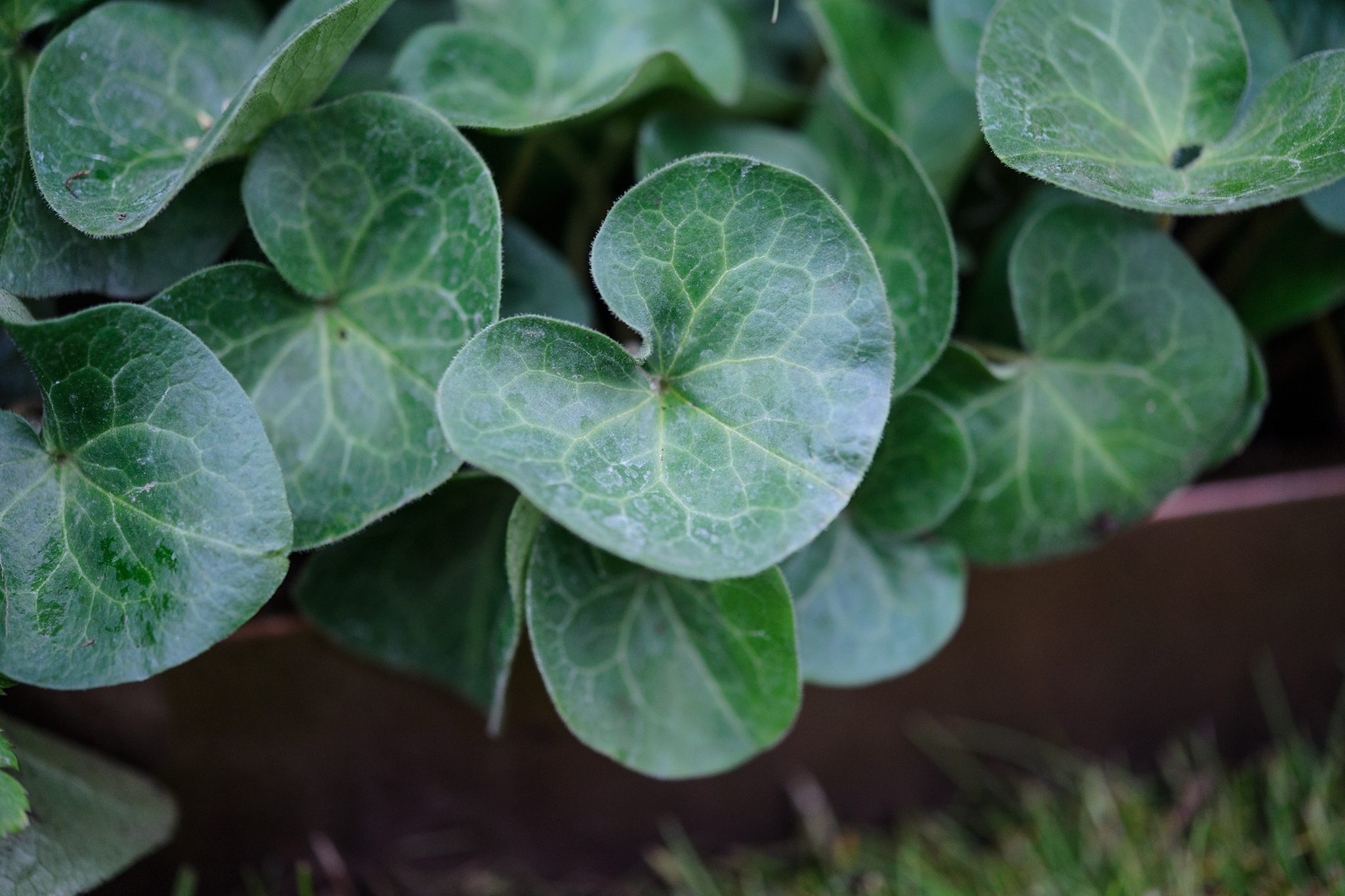
Asarum, commonly known as wild ginger, is a fascinating plant with a rich history and unique characteristics. Ever wondered what makes this plant so special? Asarum belongs to the Aristolochiaceae family and is known for its heart-shaped leaves and small, hidden flowers. This plant thrives in shady, woodland environments and has been used for centuries in traditional medicine. Not only is it a favorite among gardeners for its ground-covering abilities, but it also plays a crucial role in supporting local ecosystems. From its intriguing pollination methods to its medicinal properties, Asarum offers a wealth of interesting facts that will leave you amazed. Ready to learn more? Let's dive into the world of Asarum!
What is Asarum?
Asarum, commonly known as wild ginger, is a fascinating plant with unique characteristics. Found in various parts of the world, it has a rich history and many interesting features.
-
Asarum belongs to the Aristolochiaceae family. This family includes about 600 species of flowering plants, many of which have medicinal properties.
-
There are over 70 species of Asarum. These species are spread across North America, Europe, and Asia, each adapted to its specific environment.
-
Wild ginger is not related to culinary ginger. Despite its name, Asarum is not related to the ginger used in cooking. They belong to different plant families.
Unique Characteristics of Asarum
Asarum plants have some distinctive traits that set them apart from other plants. Their appearance and growth habits are quite unique.
-
Asarum leaves are heart-shaped. These leaves often have a glossy texture and can be quite large, providing a lush ground cover.
-
The flowers of Asarum are hidden. Unlike many plants, Asarum flowers grow close to the ground, often hidden beneath the leaves.
-
Asarum flowers have a unique shape. The flowers are typically small and bell-shaped, with three lobes that give them a distinctive appearance.
Habitat and Growth Conditions
Understanding where and how Asarum grows can help in appreciating its adaptability and resilience.
-
Asarum prefers shady areas. These plants thrive in the understory of forests, where they are protected from direct sunlight.
-
Wild ginger grows in moist, well-drained soil. It prefers environments that mimic its natural forest floor habitat.
-
Asarum can be found in temperate regions. These plants are commonly found in areas with moderate climates, avoiding extreme temperatures.
Uses of Asarum
Asarum has been used in various ways throughout history, from culinary to medicinal applications.
-
Asarum has medicinal properties. Traditional medicine has used Asarum for its anti-inflammatory and analgesic effects.
-
Wild ginger was used by Native Americans. They used it to treat colds, fevers, and digestive issues.
-
Asarum can be used as a ground cover. Its dense foliage makes it an excellent choice for covering bare ground in gardens.
Interesting Facts About Asarum
There are many lesser-known facts about Asarum that highlight its uniqueness and importance.
-
Asarum canadense is the most well-known species in North America. This species is commonly referred to as Canadian wild ginger.
-
Asarum europaeum is native to Europe. Known as European wild ginger, it has been used in traditional European medicine.
-
Asarum has a strong, spicy aroma. When crushed, the leaves and roots emit a scent similar to ginger.
-
Wild ginger is a perennial plant. It returns year after year, making it a reliable addition to gardens.
-
Asarum can be propagated by division. This method involves splitting the root clumps and replanting them.
-
Some species of Asarum are endangered. Habitat loss and overharvesting have put certain species at risk.
-
Asarum is deer-resistant. Its strong aroma and taste make it unappealing to deer, which can be beneficial for gardeners.
-
Wild ginger has been used in cooking. Although not related to culinary ginger, some cultures have used it as a spice.
-
Asarum is an important part of forest ecosystems. It provides ground cover, helps retain soil moisture, and supports various wildlife species.
Final Thoughts on Asarum
Asarum, often called wild ginger, is a fascinating plant with unique characteristics. Its heart-shaped leaves and small, hidden flowers make it a standout in shady gardens. Beyond its beauty, Asarum has a rich history in traditional medicine, used for various ailments. However, it's essential to note that some species contain compounds that can be toxic if ingested. Gardeners appreciate Asarum for its low-maintenance nature and ability to thrive in challenging conditions. Whether you're a plant enthusiast or just curious about nature, Asarum offers a glimpse into the diverse world of flora. Next time you spot this plant, you'll know a bit more about its intriguing background and uses. Keep exploring the wonders of the plant kingdom; there's always something new to learn!
Was this page helpful?
Our commitment to delivering trustworthy and engaging content is at the heart of what we do. Each fact on our site is contributed by real users like you, bringing a wealth of diverse insights and information. To ensure the highest standards of accuracy and reliability, our dedicated editors meticulously review each submission. This process guarantees that the facts we share are not only fascinating but also credible. Trust in our commitment to quality and authenticity as you explore and learn with us.


